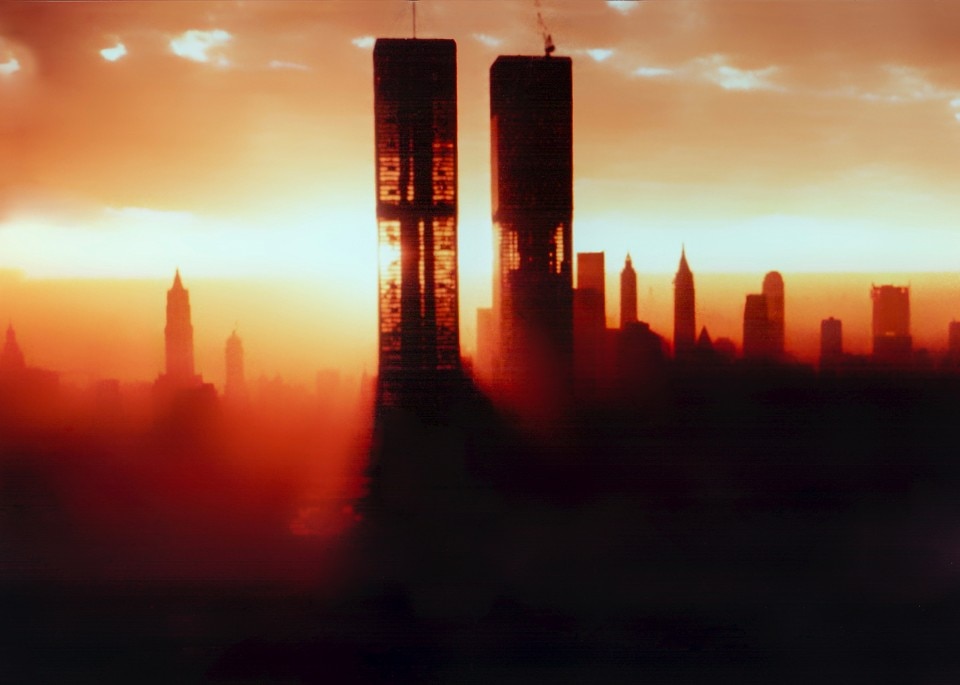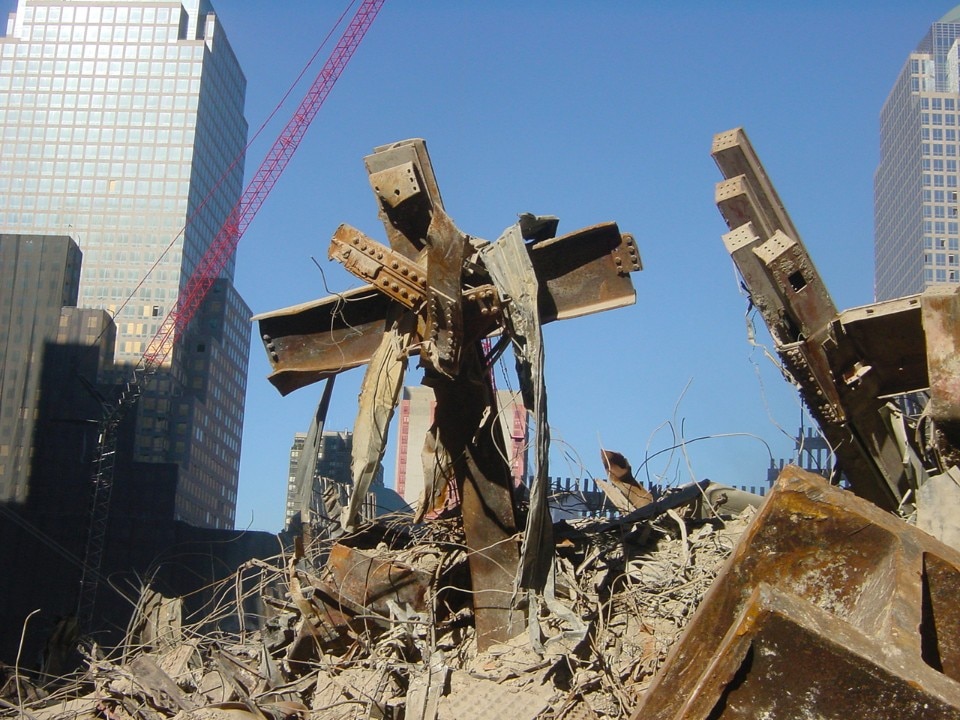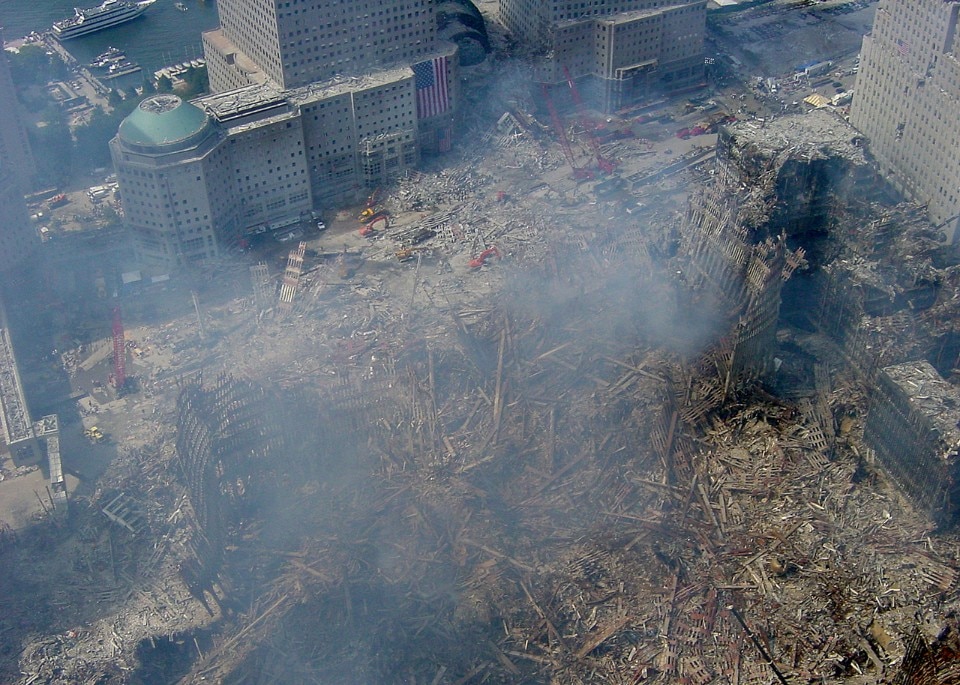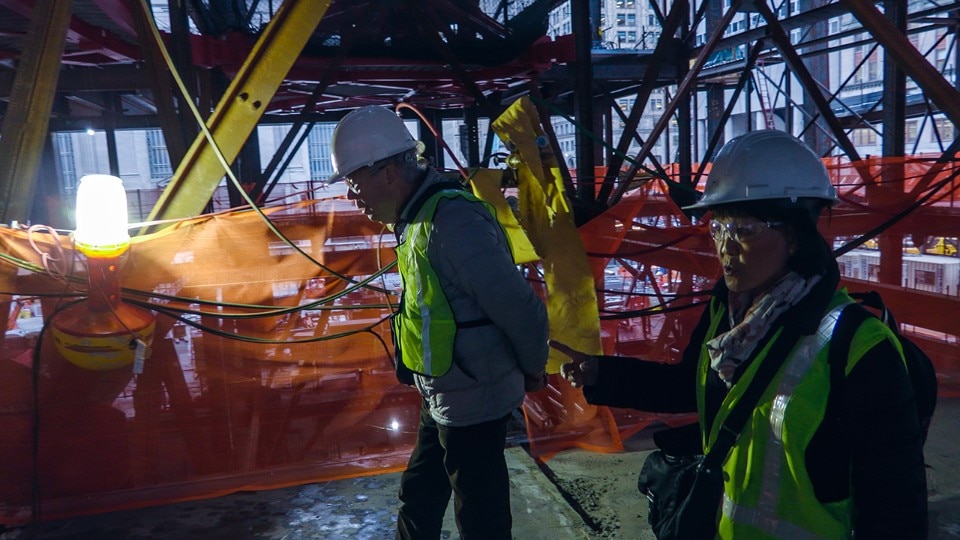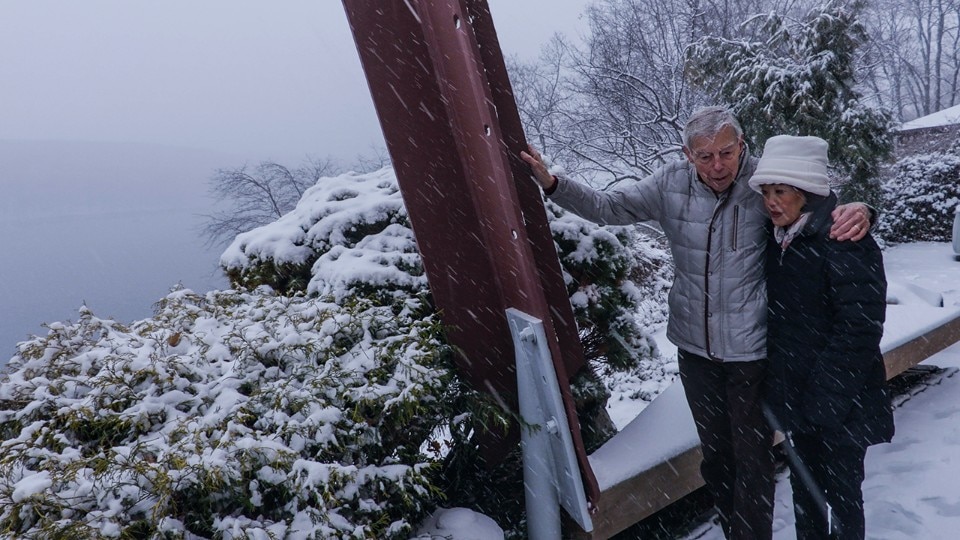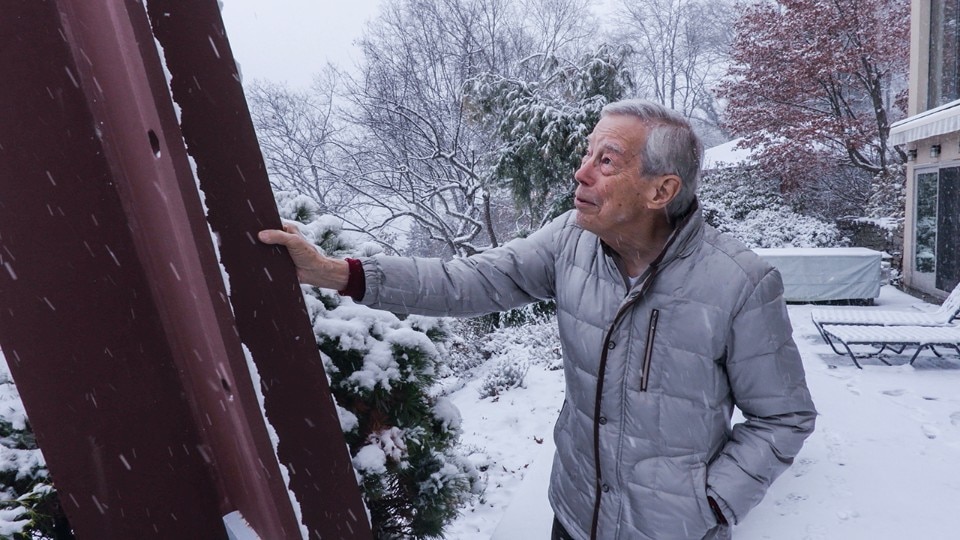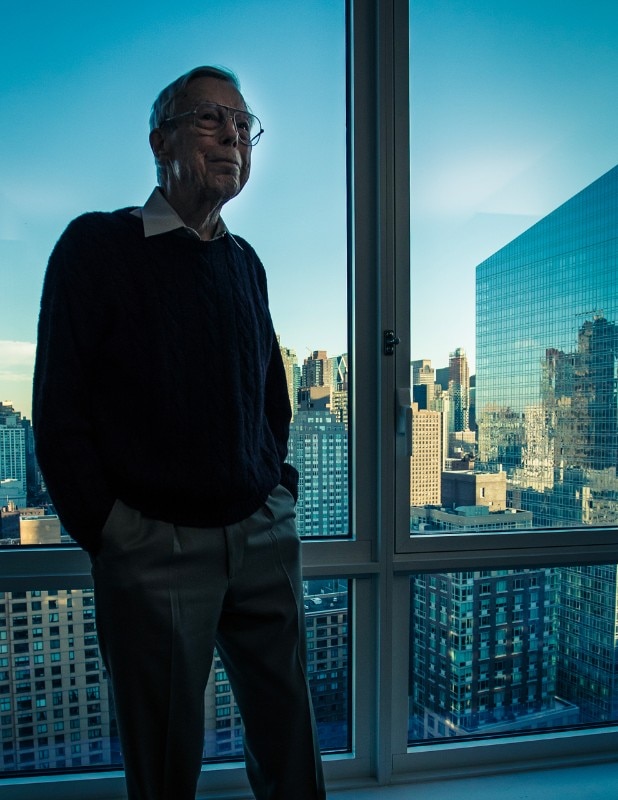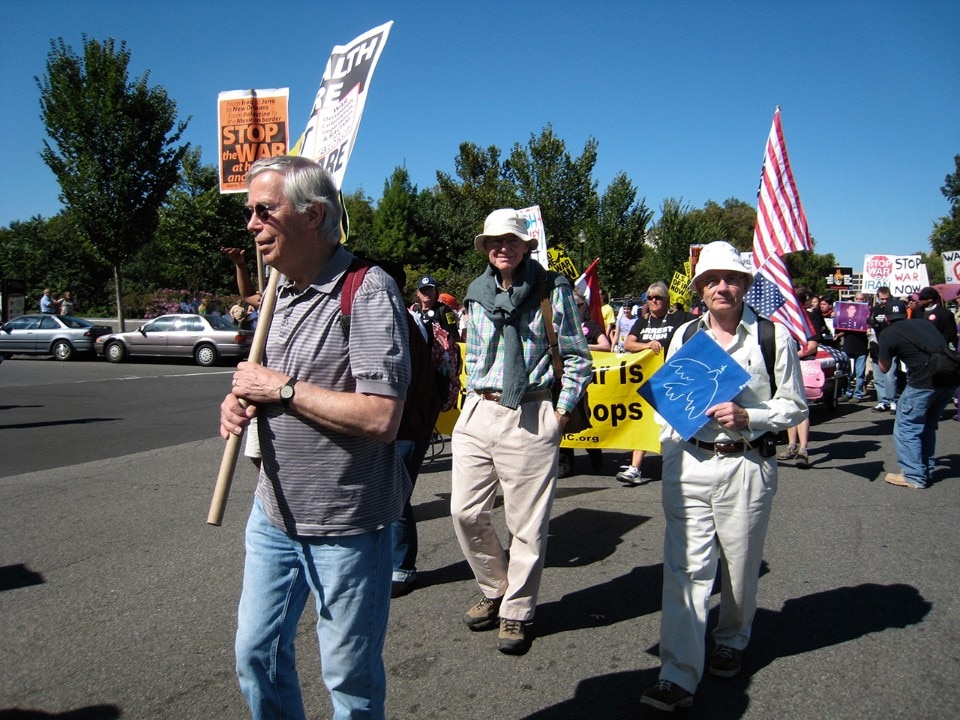Like a father with a tragic destiny, Leslie E. Robertson was behind the birth of the former World Trade Center as a monument to the future, only to see it die. His story is soberly narrated in a new documentary, from before to after the 9-11 tragedy that is so impressed on our collective memory. It uses photographs, interviews and graphs to explain the engineered details of the buildings. The tale's structure can be divided into two main blocks.
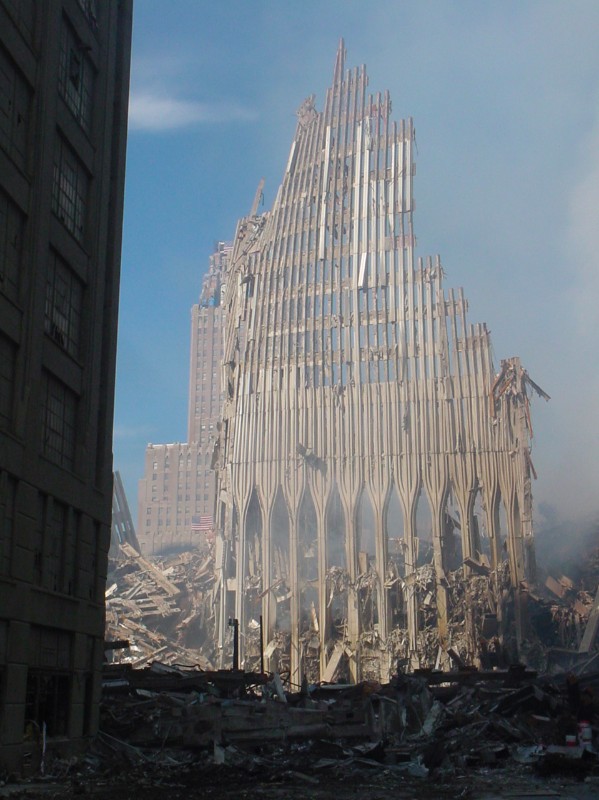
The first half of the film illustrates the genesis of the architectural complex as a gigantic cathedral of international commerce. The architect in charge, Minoru Yamasaki (“Yama”) had already built the IBM headquarters in Seattle. He was known in North American architectural circles for his desire to ditch the old concept of the glass skyscraper by his highly efficient use of steel. From the beginning, he was supported by the engineer Leslie Robertson. For both men, the World Trade Center became the endeavour of a lifetime. Its complexity is well documented in the film, which shows all that was done to rise to the challenge, including the installation of 11,000 shock absorbers employed for the first time in a building to respond to wind-induced oscillations. The problems were not only of a technical nature, however. They were so overpowering to the protagonists of the enterprise that they broke up families and led to Robertson's divorce from his first wife.
At first, the World Trade Center was criticised. Some saw the Twin Towers as two enormous, arrogant boxes just standing there brutally as outsiders, dominating the skyline of New York gracelessly. This view was what inspired the tight-rope walker Philippe Petit, whose story was told by Robert Zemeckis in the movie The Walk (2015). In 1974, the French high-wire artist Petit connected the towers and made them hold hands, so to speak. His impactful gesture was an iconic feat that marked the beginning of New Yorkers' love of the nascent colossi that were to revitalise Lower Manhattan.
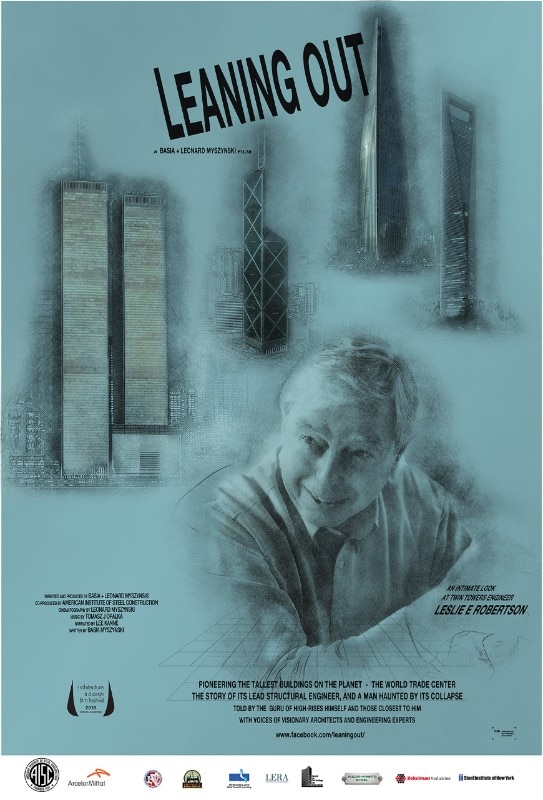
Minute 28 of Leaning Out is the moment spectators know is coming: the terrorist attacks. Footage of the airplanes crashing into the skyscrapers bring us back in time by 17 years. It reminds us of other movies that recreated the tragedy, such as 11'09"01 – September 11 (2002), where 11 points of view of the attacks are told as short films by 11 different directors. The one by Alejandro González Iñárritu is unforgettable. No one had ever thought that the Twin Towers could collapse. When the unthinkable happened, it called into question the structures and the work of Leslie Robertson, who found himself witnessing the destruction of his life's work and defending himself against j'accuses. Robertson, an engineer and an intellectual born in 1928, is the founder of a non-profit organisation for the total abolition of nuclear weapons. He was singled out as the scapegoat of the disaster without being culpable.
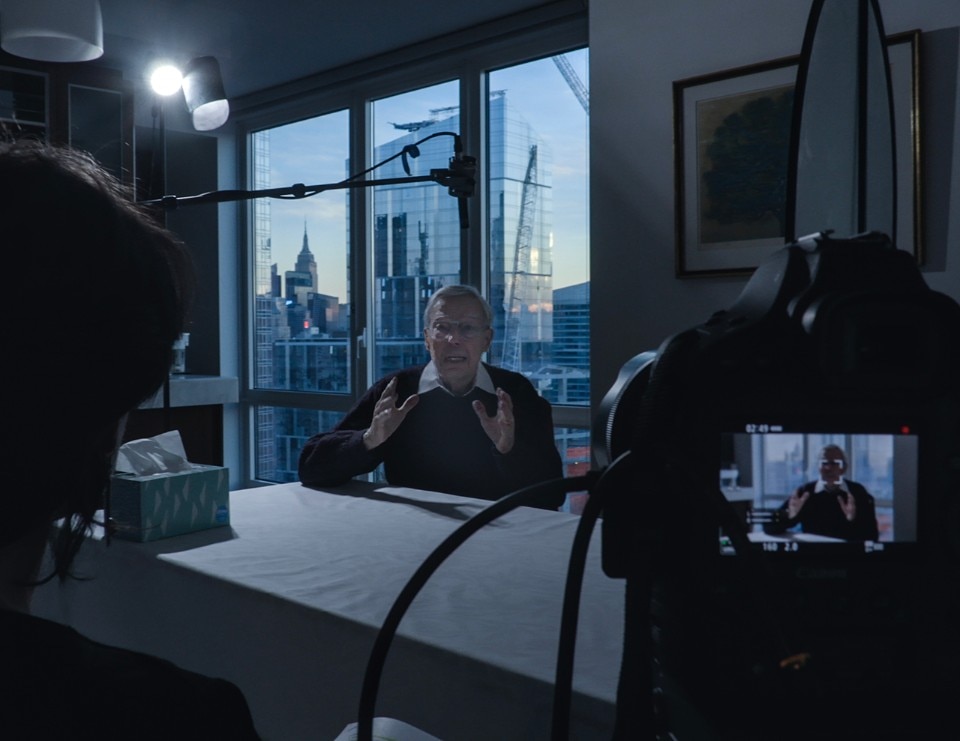
An interesting element of the film is that it explains how the real miracle is actually the length of time during which the World Trade Center resisted the impact and the heat of burning aircraft fuel before collapsing. It sounds banal, but the buildings were not designed for this. Yet the World Trade Center withstood the explosion for enough time to allow many thousands to evacuate safely. Tragically, 2,754 people died that day, but the towers protected many others. The towers did not kill; they saved lives.
The life of Leslie Robertson has continued, made precious by his new Malaysian wife, also an engineer who has been at his side as the managing partner at his engineering firm for decades now. His professional life has included other important milestones such as the Shanghai World Financial Centre and the Lotte World Tower in Seoul, one of the ten tallest buildings in the world. But a trace of sadness remains in this man's eyes, similar to the melancholy of anyone who has survived a catastrophe whose trauma can never be erased, like the loss of a child.


